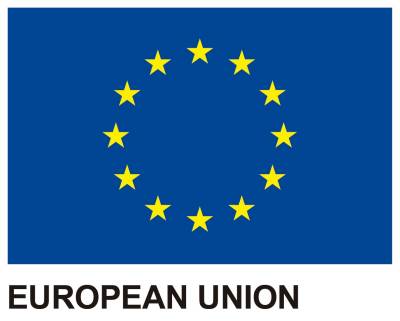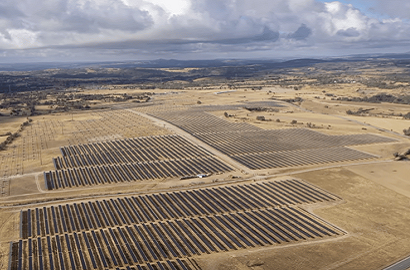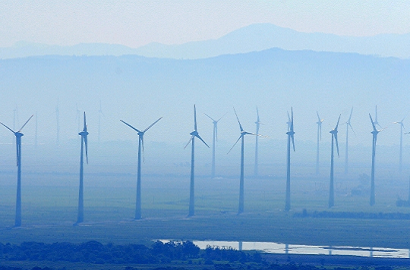Spain increases its attractiveness for investors in renewable energies

It is now in 11th place in the 55th edition of the ranking published by EY, up from number 15 in 2019
Spain has improved its position among the world's most attractive countries for investment in renewable energies. This can be seen in the 55th edition of the Renewable Energy Country Attractiveness Index (RECAI), published by the professional services firm EY. Specifically, Spain has gone from 15th place in 2019 to number 11.
The index takes into account the impact of the pandemic caused by the Covid-19 coronavirus and the countries' recovery capacity, both on its healthcare situation and its economy. In spite of having been hard hit by this crisis, Spain has succeeded in earning a notable place as one of the most attractive countries in terms of renewable energies.
Growth outlook
EY also describes Spain as one of the countries with the highest projected growth, due to the fact that its climate and energy policy is among the government's main priorities. The report notes the plans that have been launched to increase wind and solar power, which have sparked optimism among investors in regard to the development of new projects in the medium term.
According to Víctor M. Pérez, the partner responsible for EY's energy sector, “Spain is notable for its commitment to alternative energies, and saw strong growth in wind and solar energy last year. This investment effort has made it the most important European market since 2008 for solar power capacity additions”.
Return to activity
The government's commitment to renewable energies was evident even during the state of alarm. Although there have been delays in the construction of certain projects, Pérez stresses that there will be no major repercussions, and explains: “The government gave exemptions to developers to continue working on some renewables projects during the shutdown, and the main manufacturers resumed production after a two-week halt”.
For her part, Inés Bargueño, director of energy transition and new businesses at EY, refers to the economic consequences of the crisis: “Of bigger concern to developers is the impact of the economic lockdown and any subsequent downturn on power prices. Wholesale power prices in Spain’s pool were down 63% year on year in early April. However, futures prices are recovering, signaling that the market sees the impact as short term”.
Environmental objectives
The National Energy and Climate Plan submitted by the government to the European Commission establishes a 23% reduction in emissions compared to 1990 levels. To meet this goal, it expects wind power to grow from 28 GW in 2020, to 40 in 2025 and 50 in 2030, while solar power is predicted to grow from 8.4 GW at the start of this year to 22 in 2025 and 39 in 2030.
There is a new leader at the top of the ranking of the most attractive companies for investors in renewable energies this year. United States is in first place thanks to its extension of tax credits for production and its anticipated investment of up to 57 billion dollars in offshore wind power over the next ten years. China falls to second place owing to the expected reduction in subsidies and the drop in demand caused by the Covid-19 crisis.
France, Australia, Germany and United Kingdom are in the following positions in the ranking. All have improved since 2019 at the expense of India, which has fallen from third to seventh place in response to doubts that it can achieve its goal of installing 175 gigawatts by 2022. The top ten places are completed by Denmark, the Netherlands and Japan.




